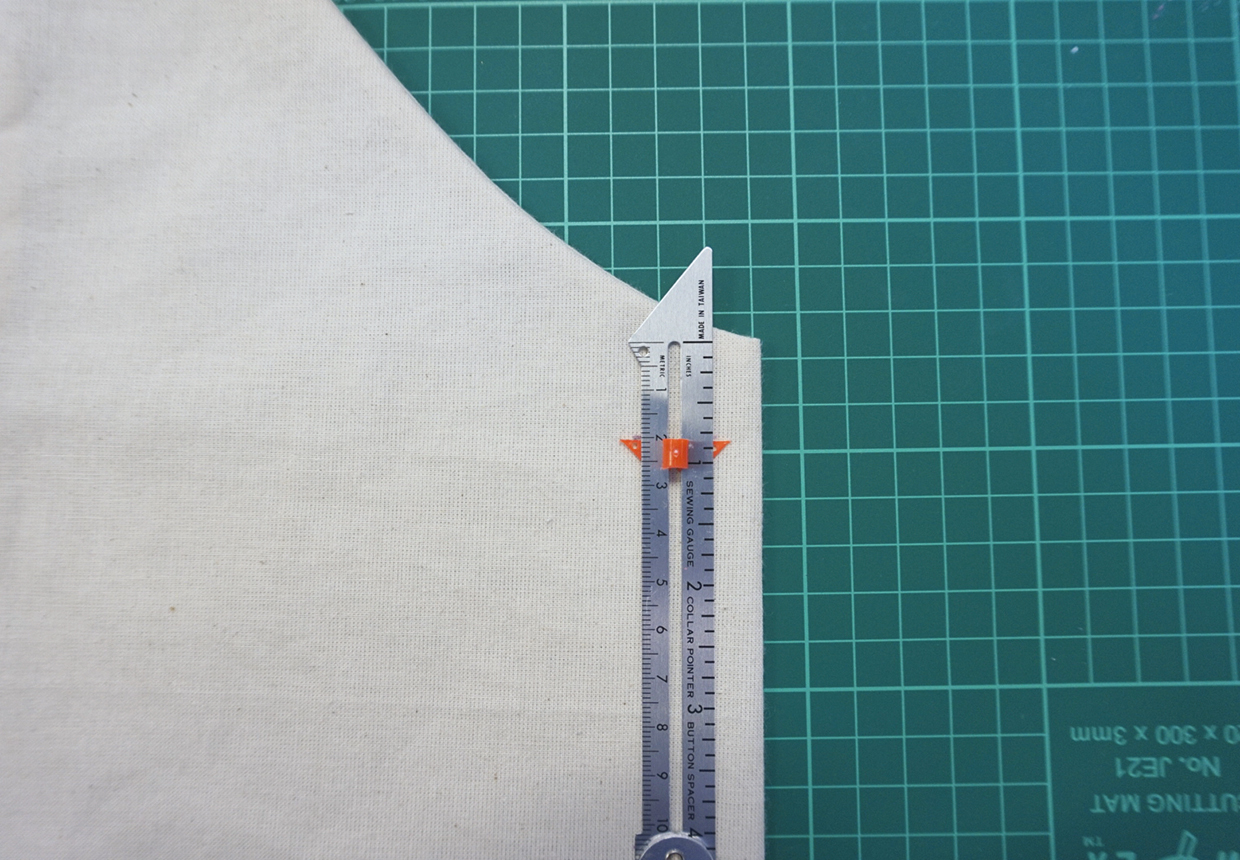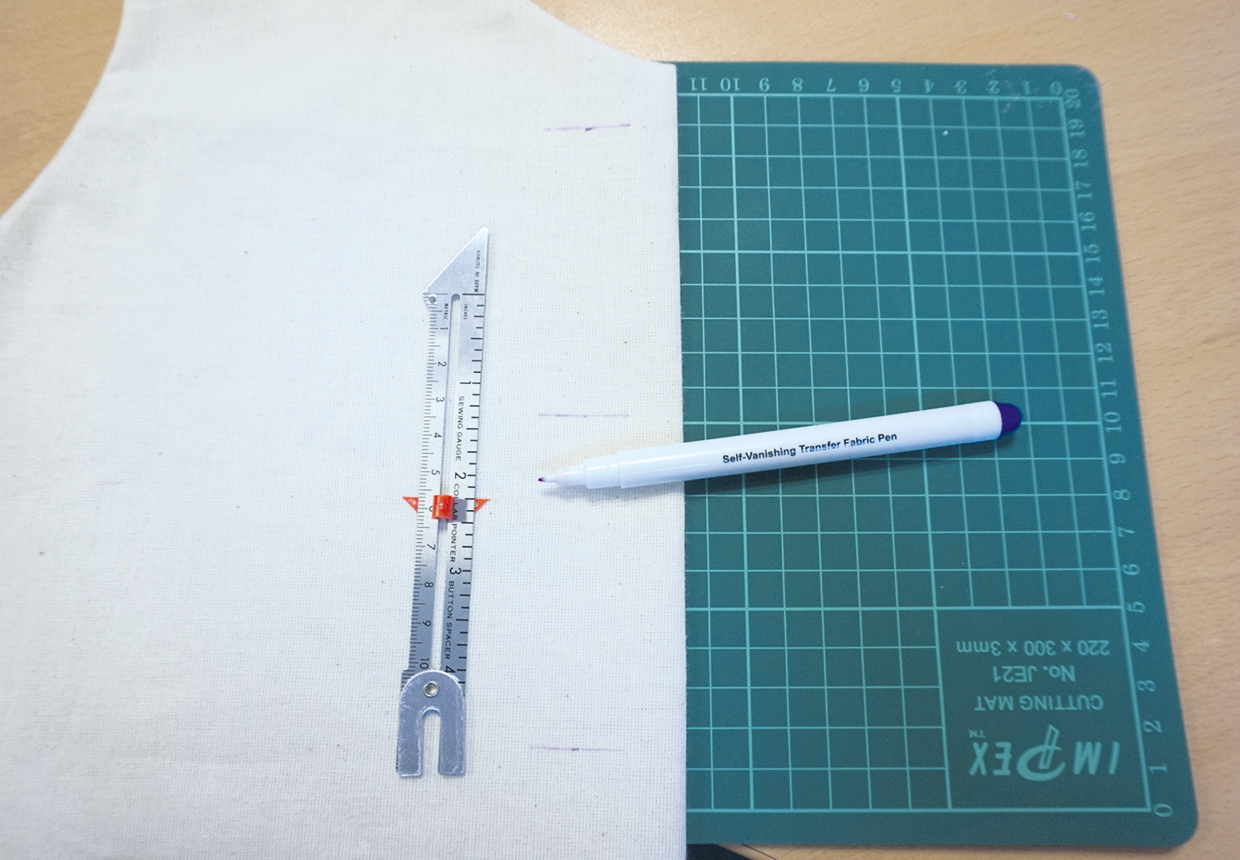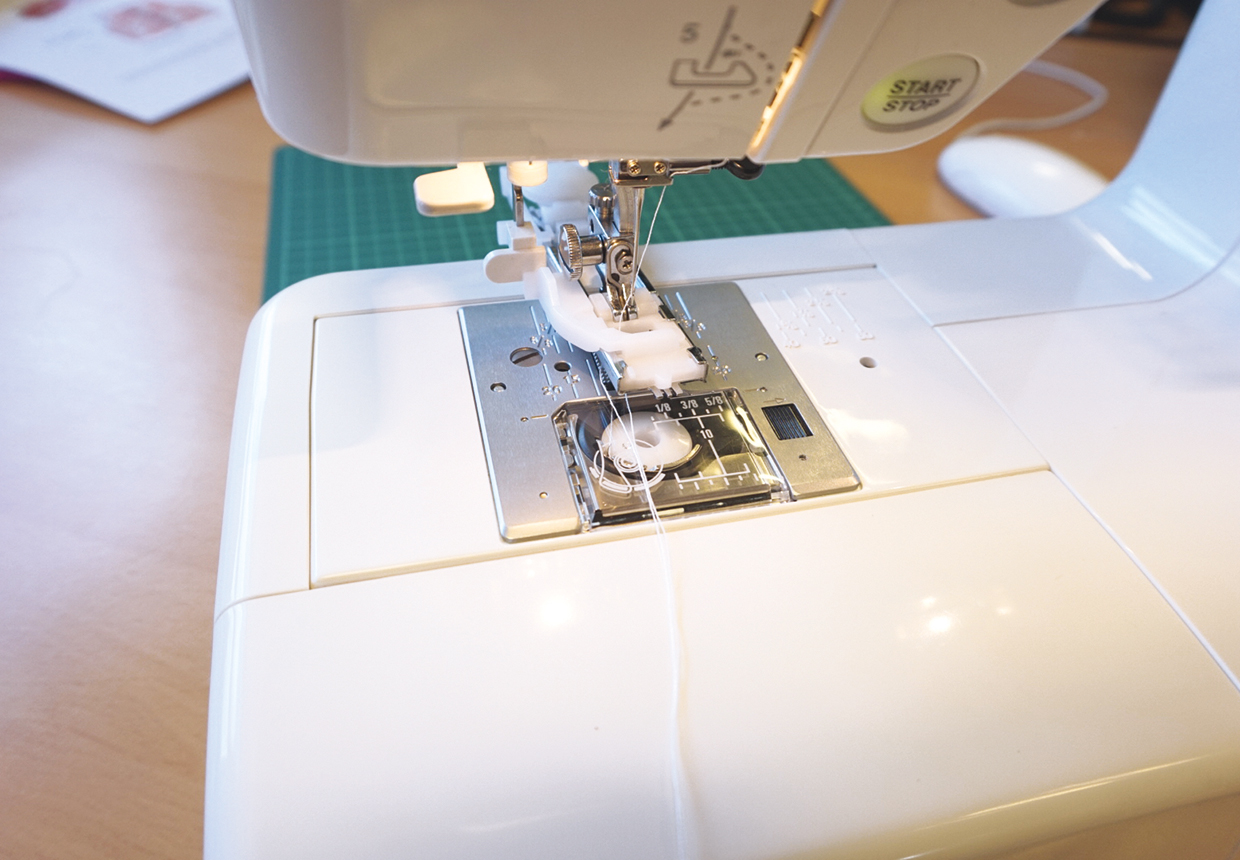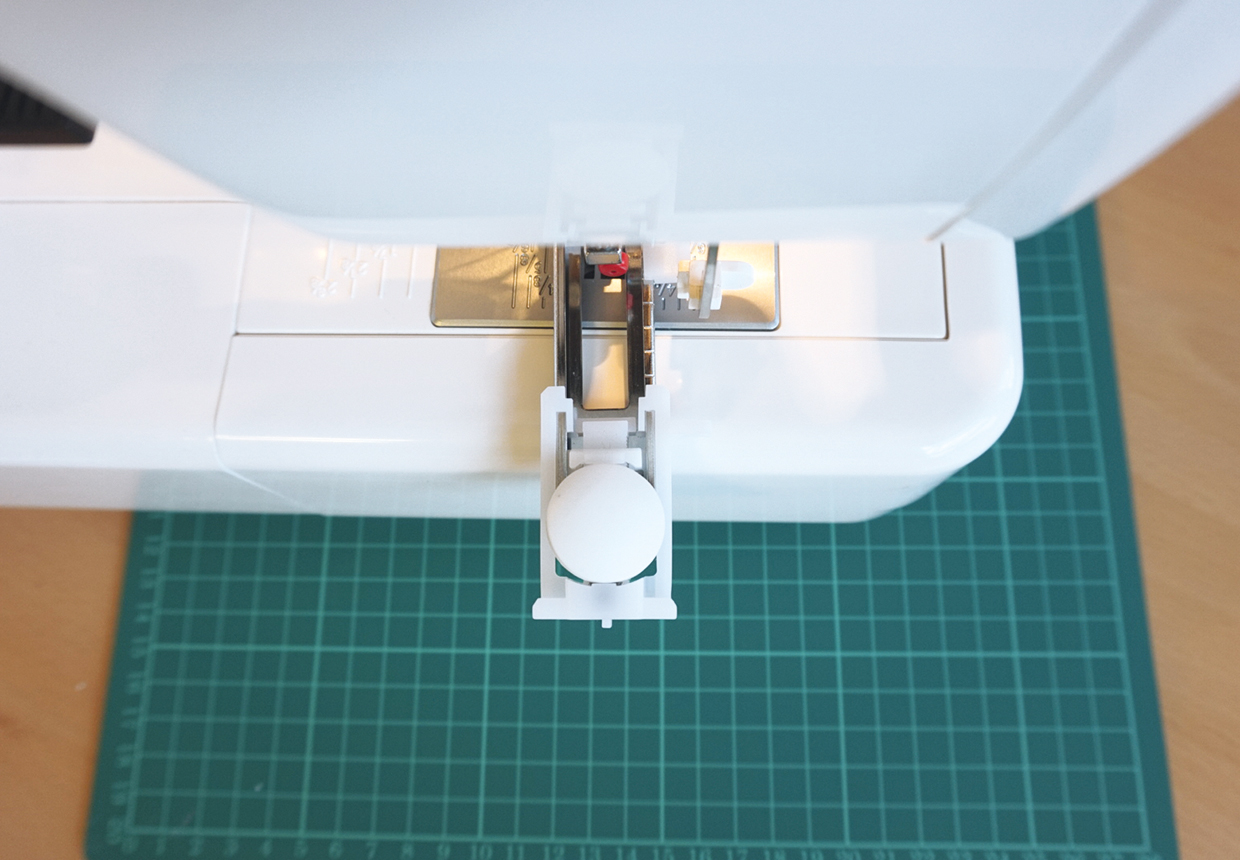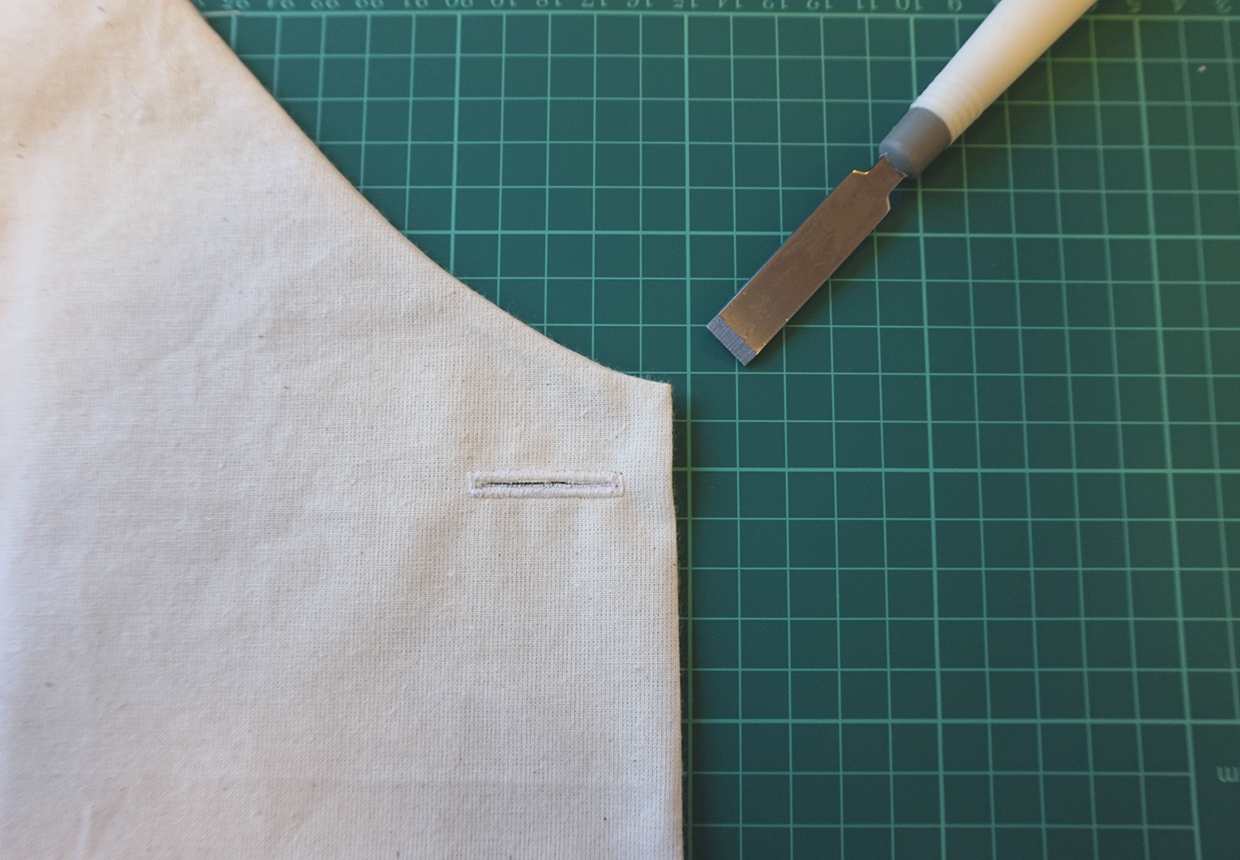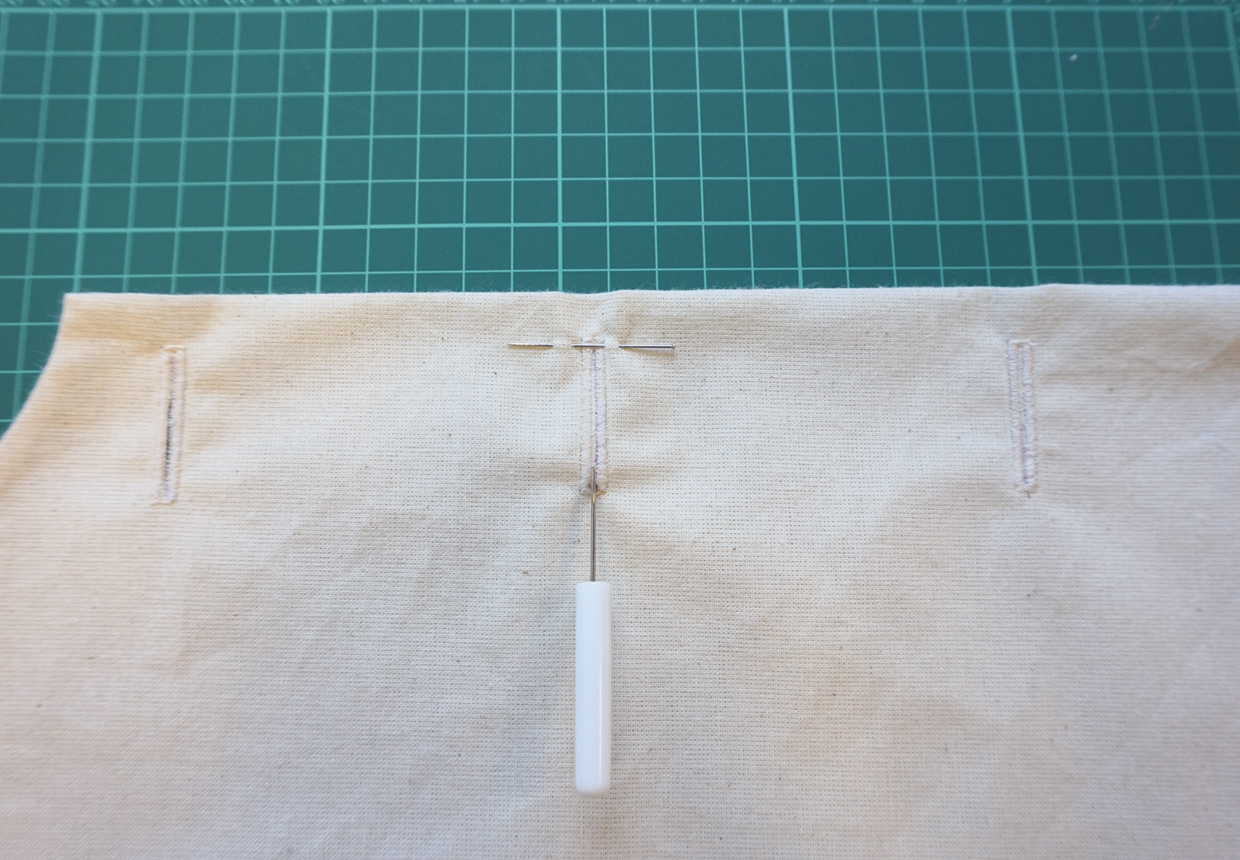Many beginner sewists shy away from buttonholes but they are really very simple to sew once you get the hang of them. The key, as with any technique, is practice! As buttonholes are often the last step in finishing a garment, it is important to test out the stitch several times before you add them to your project. Here are some essential tips and techniques to get neat, professional-looking buttonholes on a variety of different garments.
Anatomy of a buttonhole
Buttonholes are made from four lines of zigzag stitching which create a box. The zigzag stitches have a long width and narrow length meaning that they sit close together, creating a dense border. Newer machines may have one-step automatic buttonhole stitches built in which allow you to sew a buttonhole in one go with the correct foot and setting. Other machines may offer a four-step buttonhole which requires a dial to be moved in order to create the long and short sides of the hole separately. Older machines without specialist buttonhole stitches may require you to manually work the buttonhole using zigzag stitch. This involves using two width/length variations; always remember to practice on a scrap of fabric before working the buttonhole on your final garment!
If you want to build up your sewing skills, take a look at our guides and learn how to sew a button, how to make your own buttons or have a go at our best sewing patterns for beginners.
Read on to learn how to sew buttonholes.
